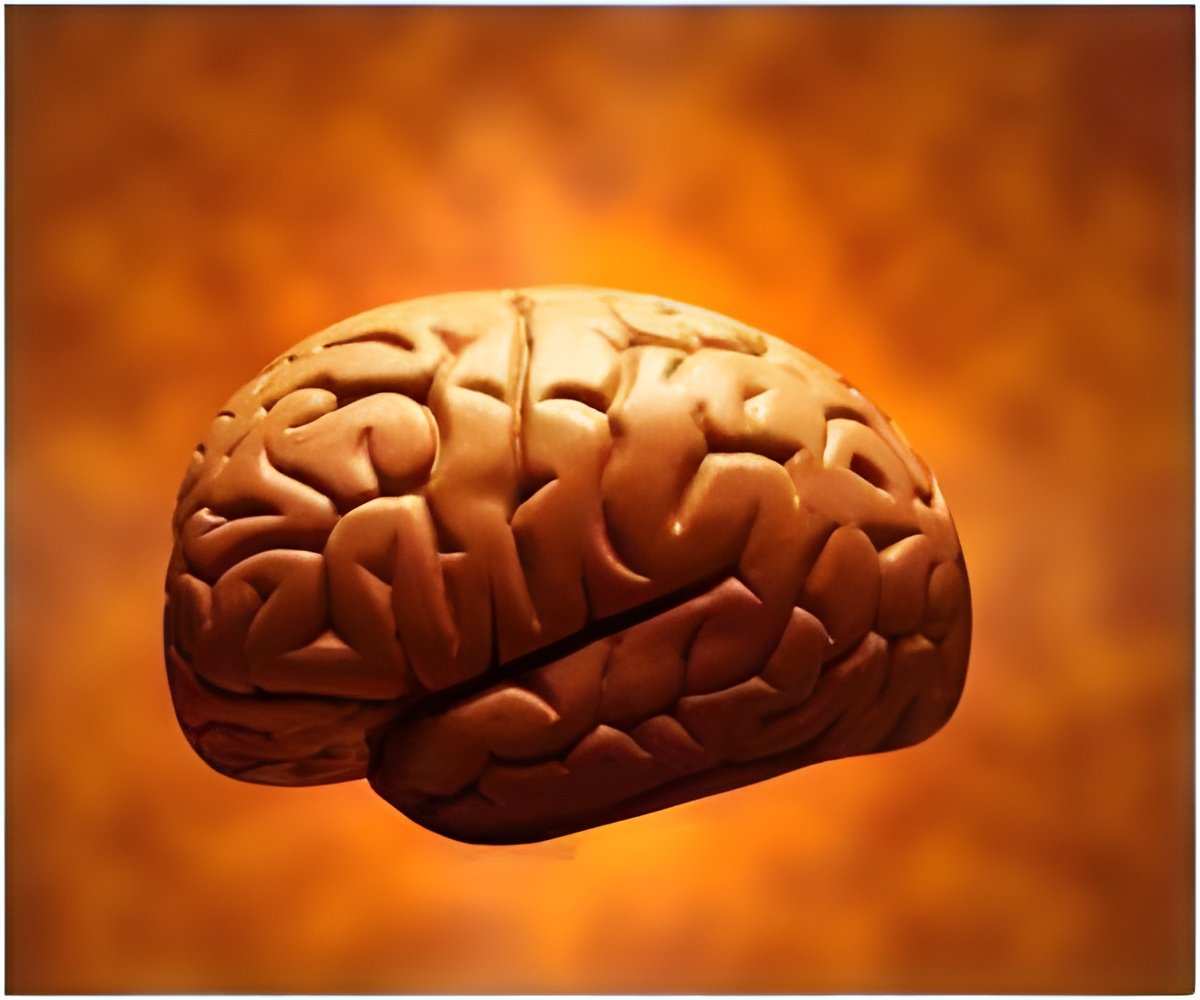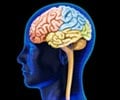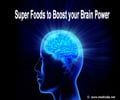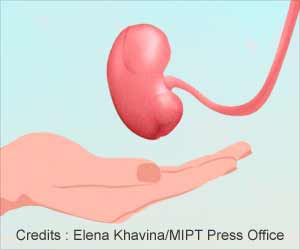Brain makes decisions with same statistical trick used by Alan Turing to help break Germany's Enigma code during World War II, revealed a new study in animals at Columbia University.

Finding pairs of messages encrypted with the same Enigma settings was critical to unlocking the code. Turing's statistical test, in essence, decided as efficiently as possible if any two messages were a pair.
The test evaluated corresponding pairs of letters from the two messages, aligned one above the other (in the film, codebreakers are often pictured doing this in the background, sliding messages around on grids). Although the letters themselves were gibberish, Turing realized that Enigma would preserve the matching probabilities of the original messages, as some letters are more common than others.
The codebreakers assigned values to aligned pairs of letters in the two messages. Unmatched pairs were given a negative value, matched pairs a positive value. Starting at different points in the messages, the codebreakers began adding and subtracting. When the sum reached a positive or negative threshold, the two messages were deemed a pair from machines with the same setting, or not.
Researcher Michael Shadlen said that neurons in the brains of rhesus monkeys do the same thing when faced with decisions. Assuming that humans have the same capabilities and that's a good bet, it means brains are weighing probabilities and making rational decisions in very short periods of time. It's the basis of a very basic kind of rationality.
Shalden added that these types of decisions are mostly unconscious on human's part. They're decisions like, "I'm going to pick up a book," or "I'm going to walk toward the left of the coffee table, not the right." People make lots of these decisions every day, and it turns out, they're making them by using the laws of probability in a way that statisticians think is optimal.
Advertisement













